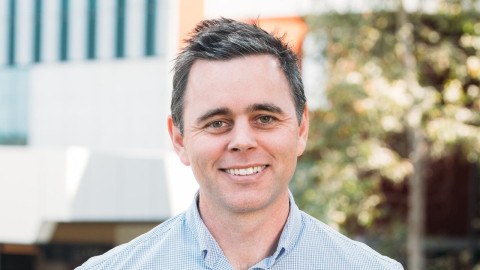
Stephen Lunn
New data showing just over one in four US children on the autism spectrum have “profound autism” could help the National Disability Insurance Scheme as it looks to manage growing numbers of autistic kids needing support, a leading expert says.
The US Centres for Disease Control and Prevention last week for the first time reported on the prevalence among eight- year-olds of what it called “profound autism” – characterised as being non-verbal, minimally verbal or having an IQ of less than 50 – finding 26.7 per cent of those with autism met the criteria.
The research, based on more than 20,000 American children with autism who were eight years old between 2000 and 2016, comes after an international panel of experts argued in 2021 for a differentiation between people with autism who need 24/7 care and those capable of holding down a full-time job or earning a university degree.
The study found that while autism prevalence among children grew over time, non-profound autism grew more quickly, likely due to greater social acceptance and preparedness to seek diagnosis. It found children with profound autism were more likely to be female, be from culturally and linguistically diverse communities and be from poorer households.
Given the similarities between US and Australian societies, the study had implications for the NDIS as more children with an autism diagnosis entered the scheme, associate professor David Trembath from the Menzies Health Institute at Griffith University said.
“For the first time, we have a robust estimate of what proportion of autistic children have very complex needs, meaning they require around-the-clock supervision and support for their learning, their wellbeing and safety, and their participation in everyday activities,” he said.
“The findings provide a clear understanding of different needs across the autism spectrum, which can inform the NDIS.’’
Dr Trembath, a specialist speech pathologist and co-chair of the Autism Co-operative Research Council’s guideline for assessment and diagnosis, said the US data on prevalence and the proportion of those with high-level needs, was “broadly in line” with what he saw in Australia.
But he was not suggesting the NDIS use the US definition of profound autism as a benchmark for receiving disability supports.
“To be honest, I worry these findings will be used by some to support what have become at times unhelpful and disrespectful debates about allocation of resources,” he said. “Instead, the (US) findings should be seen as a positive step towards better understanding the needs of all children on the spectrum,’’ he said.
Autism is the largest category of primary disability in the NDIS. More than half the scheme’s 585,000 participants are aged 18 or younger, and the most prevalent disability type is autism (54 per cent).
The NDIS, currently costing $35bn annual and rising, is under cost pressure, with Treasurer Jim Chalmers noting its double-digit cost growth as one of his key concerns. The autism component of the NDIS budget is about $8.25bn.
NDIS Minister Bill Shorten last week flagged the need for a “reboot” of the scheme, accepting it had “lost its way”. He said he wanted to ensure that “every dollar spent” through the scheme was going to those who needed it.
from https://www.theaustralian.com.au/science/autism-study-a-pointer-for-ndi…;